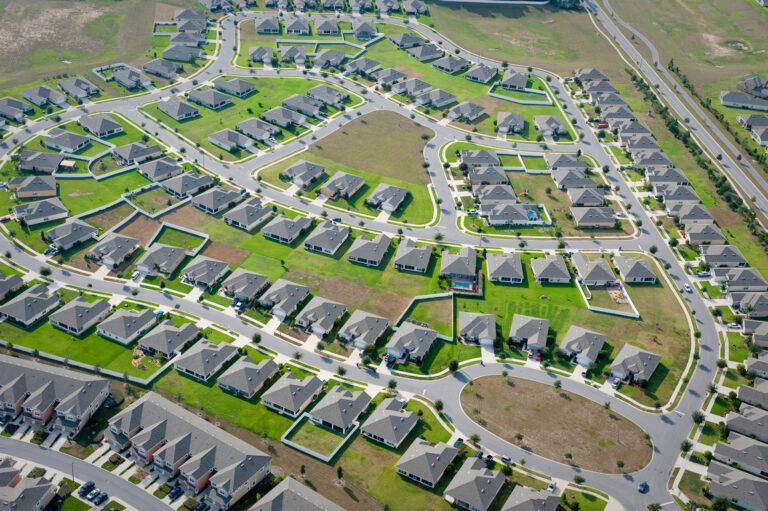- Overall, we maintain low weighting and a cautious approach to residential land subdivision as we have had some concerns about delayed delivery and rising costs to meet the record pre-sales book achieved across Australia in 2021.
- Whilst we believe that the rate of cost escalation in the development of apartments has probably peaked, we are looking at opportunities to support development to meet the scarcity of upcoming supply in this sector.
- Over the past few weeks, in meetings with existing and prospective borrowers from Melbourne’s land subdivision sector, we were positively surprised by pockets of sales yet concerned by news of recent escalations in local taxes and statutory fees.
- The impact of rising global material prices may be behind us, but it appears local authorities have continued appetite to rely on rising land revenues to fill their budget deficits.
- On one of our projects in Western Melbourne, we observed the local council development contribution cost rising from $150,000/ha to $516,000/ha since the initial project feasibility study was conducted six years ago, adding almost 10% in cost to each single home lot.
- The current Merricks Capital house view considers rising taxes and local government levies to be one of the biggest risks to land subdivision lending, which is expected to continue squeezing margins on pre-sold land developments.
The WGC is a large residential house lot market, accounting for 45% of all house lot sales across Melbourne’s growth areas (RPM Research). Median lot prices increased by 6.1% in the second quarter of the 2022 calendar year (RPM Research).
Returning migration has already been a key driver of demand in the WGC and is expected to continue to improve demand for housing in the region in the latter half of 2022 and into 2023.

Source: RPM Research – Greenfield Market Report Q2 2022
The Merricks Capital Partners Fund has exposure to this market with a $10.3m loan in a residential land subdivision project in the Wyndham Shire. While overall sales activity in the WGC has been declining month-on-month, the project itself has received good demand with lot sales above the developer’s targets.
Increased enquiry from property investors has been reported as the residential market has declined, pushing demand for larger lots. While first home buyers appear to have withdrawn due to uncertainty regarding interest rate increases, second and third home buyers seeking well-priced stock benefitting from accessibility and transport links are still purchasing in this market.
This project highlights the attractiveness of having the right product in the right place during a residential market downturn. This is usually highlighted during our new investment due diligence process, which considers market dynamics and conditions at a local level alongside our analysis of the project and key project proponents.
We continue to monitor the impact of the cost of raw land on developer margins. For example, within the Wyndham Council, development contribution costs have increased from $440,000 per hectare in the June quarter to $516,000 per hectare for the September quarter, primarily due to land revaluation and quarterly indexation. This appears to be creating challenges, particularly for the pre-selling of lots where changes in such costs may not be able to be passed to purchasers.




